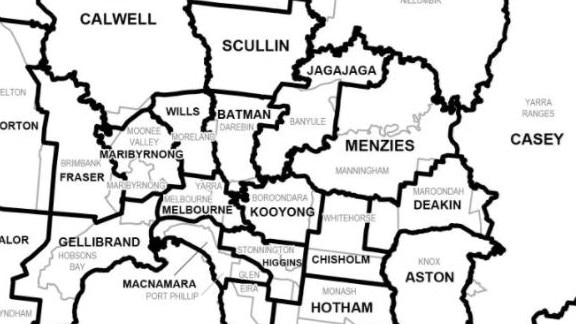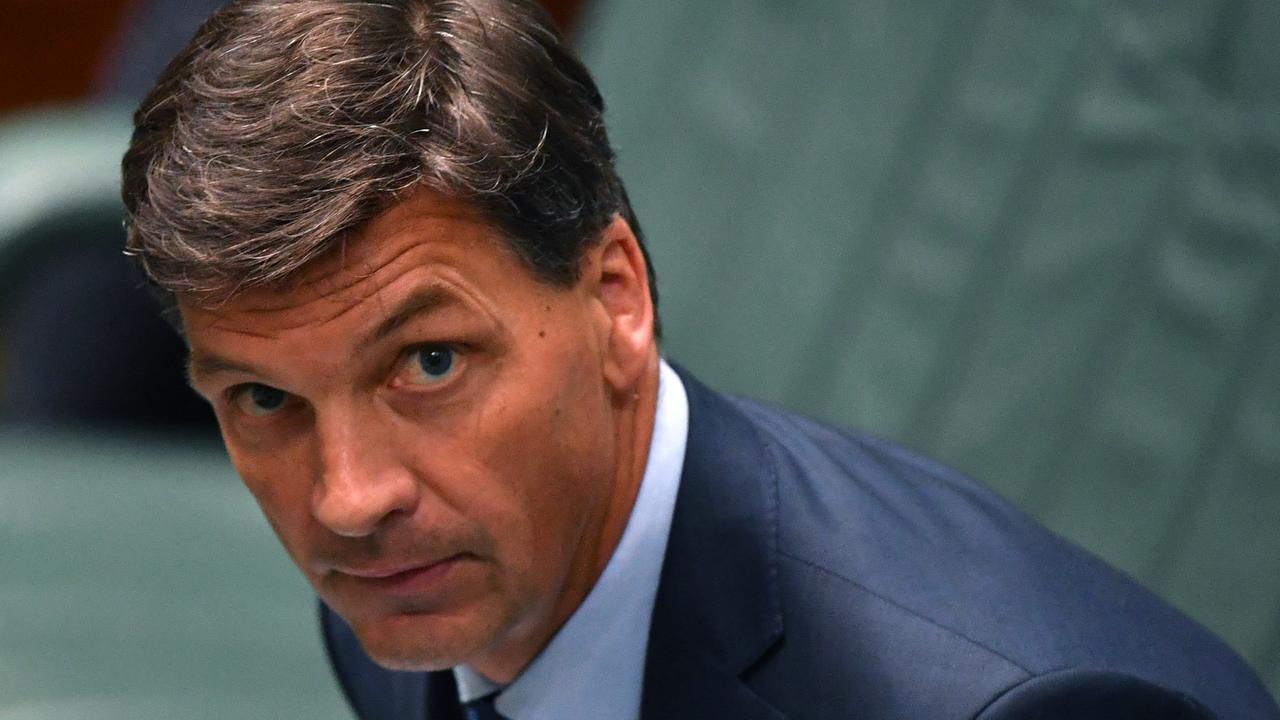Electoral boundaries: Coalition faces battle in Victoria under draft redistribution
The Coalition could face an uphill battle in a slew of Victorian seats under today’s draft electoral redistribution.

The federal Coalition could face an uphill battle in a slew of Victorian seats following a draft redistribution unveiled by the Australian Electoral Commission proposing significant boundary changes that Labor insiders are branding a win.
Victoria and the ACT will each get a new federal electorate - named Fraser and Bean - and four existing seats will be renamed under the proposed redraw of boundaries released by the AEC today.
Labor insiders have greeted the draft redistribution as a win, with some strategists saying it could boost their seat count in Victoria from 18 to 21 on current margins, which will likely grow when potential positive swings are taken into account.
The new seat of Fraser in Melbourne’s west is notionally a Labor safe seat, while changes to the boundaries of the Liberal-held Corangamite - to be renamed Cox - have also tipped it further toward Labor. Boundary changes to the Liberal-held seat of Dunkley in Melbourne’s southeastern sandbelt are also favourable to Labor and likely to see the seat swing in the next election.
Victorian redistribution, the new ACT Labor seat and changes to Corangamite/Cox and Dunkley seat effectively wipes out the government's majority #auspol
— Antony Green (@AntonyGreenABC) April 6, 2018
Other wins include Bruce, where some strategists believe Labor’s winning margin could jump from 4 to 14 per cent, and Jagajaga which will gain at the expense of Kevin Andrews’ Liberal safe seat of Menzies.
A newly created seat of Bean in the ACT is also likely to go to Labor.
The Coalition is likely to be unhappy following boundary changes in Corangamite/Cox, even as boundary changes in the inner Melbourne seat of Chisholm firm Liberal MP Julia Banks’ chances of holding on at the next election.
The party is also likely to be pleased with a redistribution in Gellibrand, where Labor MP Tim Watts’ margin is likely to fall after a swag of safe Labor booths in and around the Sunshine area were carved out from the electorate.
New boundaries in Melbourne Ports, which is set to be renamed Macnamara, could also cement a Liberal hold on the seat after years of winning the primary vote but losing to Labor on preferences.
Liberal candidate Owen Guest earned a primary vote of 41 per cent in 2016 but lost to Labor veteran Michael Danby on preferences. Mr Danby secured a primary vote of just 27 per cent, after a near 5 per cent swing away from him.
ABC election analyst Antony Green said the changes would “effectively wipe out the government’s majority”, with Labor gaining the two new electorates and the Liberal seat of Dunkley becoming notionally Labor.
Redistribution Committee chair and Electoral Commissioner Tom Rogers said strong population growth meant the state needed to move from 37 to 38 federal electoral divisions, prompting boundary changes across all other seats.
“The high population growth in Victoria together with the dispersed spread of electors has resulted in the Redistribution Committee proposing significant change to Victoria’s electoral division boundaries,” Mr Rogers said.
“The proposed new division has been inserted into Melbourne’s west, reflecting population growth in that area. A number of consequential changes were made across the state to not only meet the numerical criteria but also align communities of interest where possible.”
Boundaries across the state’s 37 electorates will change under the new plan, to accommodate the creation of the new electorate of Fraser.
Significant changes floated include reclassifying some parts of the Labor-held electorate of Jagajaga in Melbourne’s northeast into the Liberal-held seat of Menzies, which has traditionally sat to Jagajaga’s south. Under the proposed changes, Menzies will now cross the Yarra River and take in a large number of residents from Jagajaga.
The proposed names and boundaries for Victoria's 38 federal electoral divisions have been released - https://t.co/akfhdOFP5n #auspol pic.twitter.com/6vOJNBWnql
— AEC (@AusElectoralCom) April 6, 2018
Name changes
Proposed name changes for existing electorates include McMillan, which is likely to be renamed Monash to recognise military commander Sir John Monash.
The division of Corangamite would be renamed Cox, Melbourne Ports would become Macnamara and Murray would be Nicholls.
The AEC has also released proposed changes for the Australian Capital Territory, including the creation of a new, third federal seat called Bean, in honour of Australia’s official WWI correspondent Charles Bean.
ACT redraw
Under a redistribution, the ACT will go from two to three seats, and the existing seats of Canberra and Fenner will be redrawn but will retain their names.
The new electorate of Bean will take in southern parts of the ACT including the Molonglo Valley, Weston Creek, Tuggeranong and part of Woden Valley, as well as Norfolk Island.
It is expected the seat will be targeted by the Liberal Party. Canberra will take in central parts of the national capital plus inner Belconnen and Hawker. Fenner will cover the north including Gungahlin, Hall and Belconnen, as well as Jervis Bay.
The AEC will release its proposed distribution for South Australia next Friday, April 13, with the number of seats to be reduced from 11 to 10.
The House of Representatives will gain an extra member overall, with 151 MPs to sit in the lower house of the parliament from the next election.
The proposed boundaries and names for the ACT's three federal electoral divisions have been released - https://t.co/5D07abaePf #auspol pic.twitter.com/Vy2QkRohmk
— AEC (@AusElectoralCom) April 6, 2018


